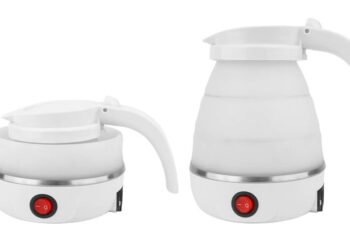Wander and Experience is reader-supported. When you buy through links on our site, we may earn an affiliate commission.
Long debated by travelers planning a trip to Japan, the question of ‘is the Japan Rail Pass worth it?’ factors into an important decision when creating a travel itinerary and budget. Answering this question is typically unique to each traveler, with several factors to consider when deciding if the pass is worth it for your trip to Japan.
To help future visitors to Japan determine if the Japan Rail Pass is worth it for their trip, we will go through the key considerations in making this determination below.
How much does the Japan Rail Pass cost?
To start determining whether the Japan Rail Pass is worth the cost, it’s essential to know the price of the pass options.
The below tables show the different pass prices for both adults and children, split between 7, 14, and 21 day passes, and between ordinary and green(first) classes.
The below table displays prices for passes sold by authorized sales offices like JRPass.
| Type | Green | Ordinary | ||
|---|---|---|---|---|
| Duration | Adult | Child | Adult | Child |
| 7-Day | ¥39,600 | ¥19,800 | ¥29,650 | ¥14,820 |
| 14-Day | ¥64,120 | ¥32,060 | ¥47,250 | ¥23,620 |
| 21-Day | ¥83,390 | ¥41,690 | ¥60,450 | ¥30,220 |
Prices as of January 23, 2022
The below table displays prices for passes sold directly by the Japan Railways Group
| Type | Green | Ordinary | ||
|---|---|---|---|---|
| Duration | Adult | Child | Adult | Child |
| 7-Day | ¥44,810 | ¥22,400 | ¥33,610 | ¥16,800 |
| 14-Day | ¥72,310 | ¥36,150 | ¥52,960 | ¥26,480 |
| 21-Day | ¥91,670 | ¥45,830 | ¥66,200 | ¥33,100 |
Prices as of January 23, 2022
How many days are you visiting Japan?
As a starting point for the potential value of the Japan Rail Pass for your trip to Japan, consider how long your trip will be.
If you are only visiting for 3-5 days, do you plan on taking enough train journeys to justify a pass, or will single tickets meet your needs?
For 6-11 day trips, the 7-Day pass can add a decent amount of value if you plan to travel across regions. For example, tickets between two main city combinations like Tokyo and Kyoto or Tokyo and Osaka will already bring you close to the break-even point with the pass. Therefore, adding only one additional non-local train ticket or airport train ticket can justify the value of the pass.
Travelers staying in Japan for more than 11 days should consider how often they will travel across regions over their trip and how you plan to distribute these rail journeys across your itinerary, which leads to the next question.
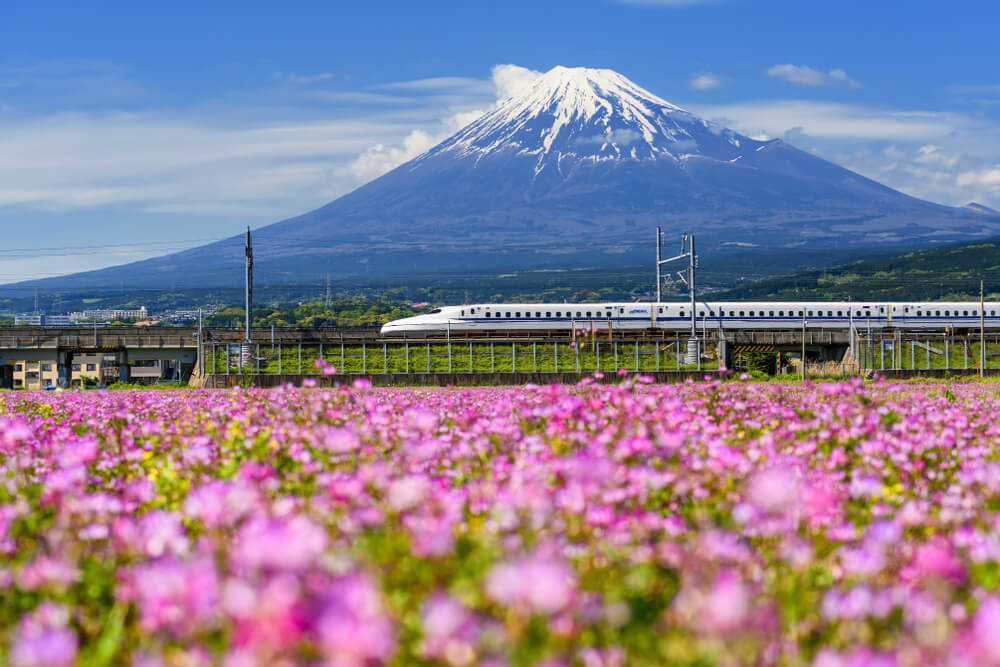
How many days will you be taking long-distance trains?
While inner-city and local train journeys will typically cost around ¥200 or only a couple of dollars per ticket, the longer distance train journeys are what justifies the need for a pass.
Regardless of the number of days, you will be traveling in Japan, the number of days and times you will be traveling long distances is more critical to getting value out of your pass.
Even if you spend a month in Japan and split the month with two weeks in the Tokyo area and two weeks in the Kansai region (Kyoto, Osaka, and surroundings), a single round trip between the two regions won’t justify the cost of the pass.
However, if you plan on traveling between the two regions, and adding in different day trips, like Kyoto to Hiroshima, or Tokyo to Nikko, you will see more significant savings by purchasing the pass.
The below table illustrates the savings possible on a 7-Day Ordinary-Adult pass when other train journeys are added beyond a Tokyo to Kyoto round-trip.
| Train Ticket | Cost (¥) | Total Ticket Cost (¥) | Pass Cost (¥) | Savings + or Loss – (¥) |
| Tokyo to Kyoto Round Trip | 27,300 | 27,300 | 29,650 | -2,350 |
| Narita Express One-Way | 3,070 | 30,370 | 29,650 | +720 |
| Kyoto to Hiroshima Round Trip | 22,200 | 49,500 | 29,650 | +19,850 |
| Tokyo to Nikko Round Trip | 10,960 | 60,460 | 29,650 | +30,810 |
The same logic applies when considering the extended 14-Day or 21-Day passes, though you can space journeys out over much longer periods. For example, an itinerary that only includes four days of long-distance train travel like Tokyo to Kyoto, Kyoto to Fukuoka, Fukuoka to Osaka, Osaka to Tokyo, would easily find savings with the Japan Rail Pass for the 14-Day pass, though not for the 21-Day pass.
Where will you be traveling in Japan?
It is possibly the most critical question in assessing if a Japan Rail Pass is worth it for your trip; the distance you plan on traveling will determine the need for a pass.
Suppose you plan to spend most of your travel confined to a limited area where local trains will work. In that case, the value of the Japan Rail Pass is quite limited, as the primary value from the pass comes from long-distance trips on the most expensive trains like the Shinkansen.
For those considering to travel primarily within a single region of Japan, there are regional passes that may meet your itinerary’s needs.
Will a regional rail pass work instead?
Those planning to spend their time within specific regions will find that different regional rail passes are cheaper alternatives to the Japan Rail Pass.
The Japan Railways Group consists of six independently operated railways that were split out to become regional railways when the Japan National Railway was privatized in 1987.
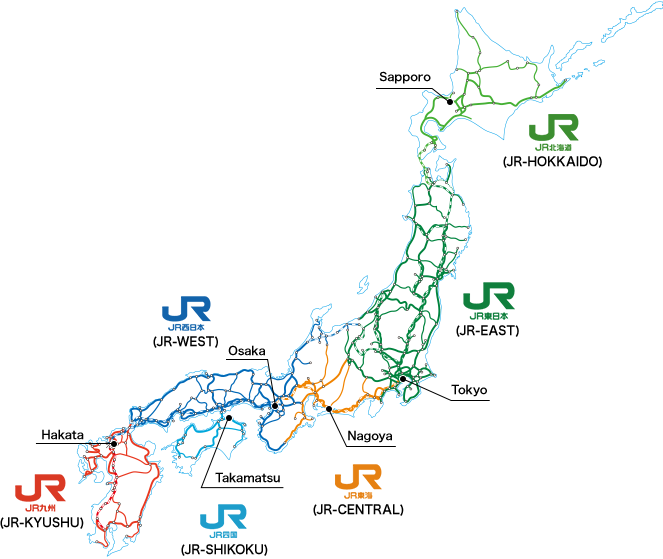
The Japan Railways Group railways:
Above is a map that shows where each of the regional railways operates. Each railway offers different passes that cover a selected area and timeframe, such as 3-Day, 5-Day, or 7-Day passes, with most options coming in cheaper than the lowest cost Japan Rail Pass.
Those who have itineraries exclusive to one of the regions on the above map will find that a regional rail pass could meet your needs at a lower cost.
How much rail travel do you need to break even for each pass?
Below are some sample combinations of popular tourist cities amongst the nearly limitless options available which will help you achieve a break-even itinerary for each duration of the ordinary adult pass.
The savings are based on ordering the cheapest available pass using an authorized sales agent like JRPass.
7-Day Pass Breakeven – Pass Price ¥29,650
| Route | Ticket Cost (¥) | Total Ticket Cost (¥) |
| Tokyo to Kyoto Round-Trip | 27,300 | 27,300 |
| Narita Express One-Way | 3,070 | 30,370 |
14-Day Pass Breakeven – Pass Price ¥47,250
| Route | Ticket Cost (¥) | Total Ticket Cost (¥) |
| Tokyo to Kyoto Round-Trip | 27,300 | 27,300 |
| Narita Express One-Way | 3,070 | 30,370 |
| Kyoto to Hiroshima Round Trip | 22,200 | 49,500 |
21-Day Pass Breakeven – Pass Price ¥60,450
| Route | Ticket Cost (¥) | Total Ticket Cost (¥) |
| Tokyo to Kyoto Round-Trip | 27,300 | 27,300 |
| Narita Express One-Way | 3,070 | 30,370 |
| Kyoto to Fukuoka Round Trip | 30,600 | 60,970 |
As you can see from the tables, the breakeven point in a relatively minimal number of separate journeys is quite low. Even the breakeven point for the 21-day pass can be accomplished in only two round trips and a one-way airport train from Tokyo.
While these sample itineraries are only indicative, and especially with the longer passes, the options for day trips create the possibility of having really significant savings.
Do flights work as an alternative?
Depending on the itinerary, there are a few scenarios where you can incorporate flights into a trip plan for Japan, buy a single journey rail ticket, and save money over a rail pass.
An Open-Jaw Flight Alternative
An open-jaw flight is where you arrive in one city and fly out of another.
For example, in the context of flights to and from Japan, you could fly into Osaka/Kyoto and then fly out from Tokyo on your return trip. Those looking to visit Osaka, Kyoto, and Tokyo as part of their trip could then make the rail connections between the cities with only single rail tickets.
With tickets from Osaka to Kyoto and Kyoto to Tokyo priced at ¥14,220 for both tickets, there is a substantial savings compared to ¥29,650 for the Japan Rail Pass.
To consider airfare prices, you can use the multi-city search option on Google Flights, Expedia, or on airline websites to compare the cost of an open-jaw with a round-trip ticket. Open-jaw itineraries routinely come in at the same price or even cheaper, possibly creating more savings.
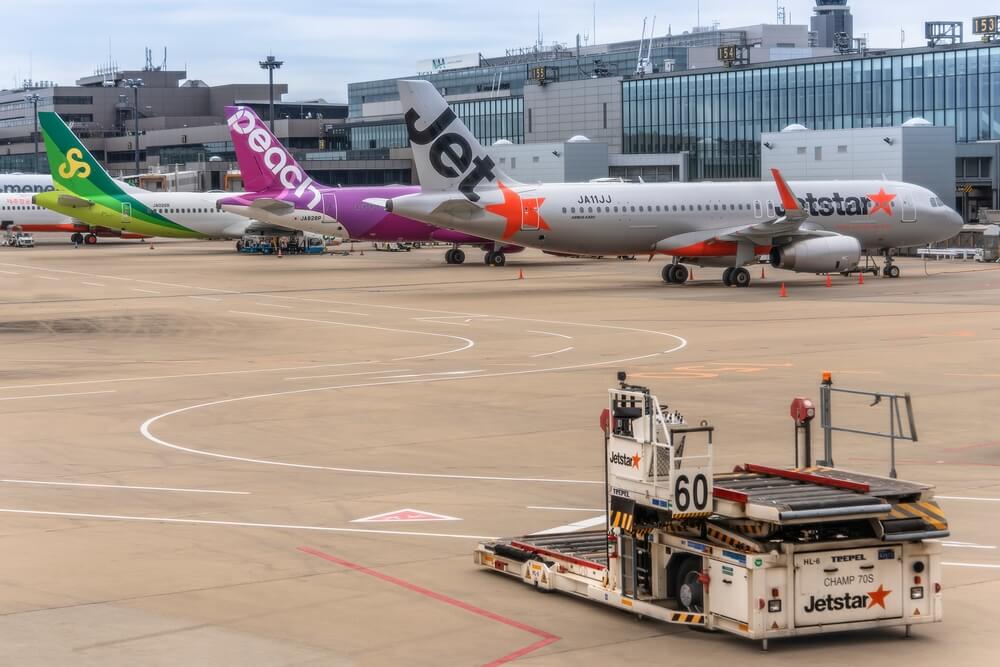
Fly on Budget Airlines
Japan has a few domestic low-cost airlines that offer very affordable flights. Furthermore, depending on the fares and your itinerary, you can consider round-trip flights between regions in Japan or combine a one-way flight with a one-way rail journey.
Low-cost airlines like Jetstar Japan and Peach Aviation often offer sales and low fares that come in cheaper for a round trip Tokyo to Osaka flight compared to the rail journey.
You will need to be careful with added baggage fees and train tickets to and from the respective airports, though this rail pass alternative can save money for budget-focused travelers.
Use Miles to Save on Rail Travel
Domestic flights in Japan happen to be some of the world’s best mileage redemptions, especially for those with relatively lower balances in their mileage accounts. Round-trip flights within Japan can go for as little as 10,000 miles with some loyalty programs, offering great value as an alternative to train tickets.

With airlines ANA and Japan Airways offering the best redemptions, you can search on any program where you hold miles due to affiliations across airlines. The airline alliances like Star Alliance and One World allow United or American mileage program members to redeem for flights in Japan on domestic airlines.
How much interest do you have in the Japanese train experience?
Beyond the quantifiable factors in determining the value that a Japan Rail Pass offers your itinerary, there is an unquantifiable consideration in the experience of riding trains in Japan.
As a critical part of daily life for most Japanese, train journeys and the station experience can be fascinating and enjoyable parts of a trip for visitors to Japan. The efficiency, technology, scenery, and culture of the full Japan rail experience can make meaningful memories.
Compared to saving some money by choosing flights to get around, the value of the time spent riding the Shinkansen through the Japanese countryside is harder to put into an exact amount of yen.
Plan a Trip Around Your Rail Pass
Considering the value and flexibility that the Japan Rail Pass offers, while also adding to the Japan trip experience, those considering whether a pass is the right fit for their itinerary could make an itinerary that is right for the pass.
The Japan Rail Pass’s freedom allows visitors to see the prominent attraction-dense cities like Tokyo, Osaka, and Kyoto, while adding in visits to other smaller cities with major attractions like Hiroshima, Himeji, Fukuoka Nikko, Kamakura, and Nara.
Exploring the natural scenery of Japan’s mountains and coasts is also accessible for those looking to take in the views of Mt. Fuji or the Japanese Alps.
While having too busy of an itinerary with too many stops can often be bad advice for travelers, Japan is one of the exceptions to the rule. Its efficient high-speed rail system takes visitors comfortably from the center of one city to the center of another with little hassle.
The ease and comfort of rail travel make an itinerary full of city-hopping or day trips from a central base a practical way to see the country and ultimately get great memories and value from the Japan Rail Pass.
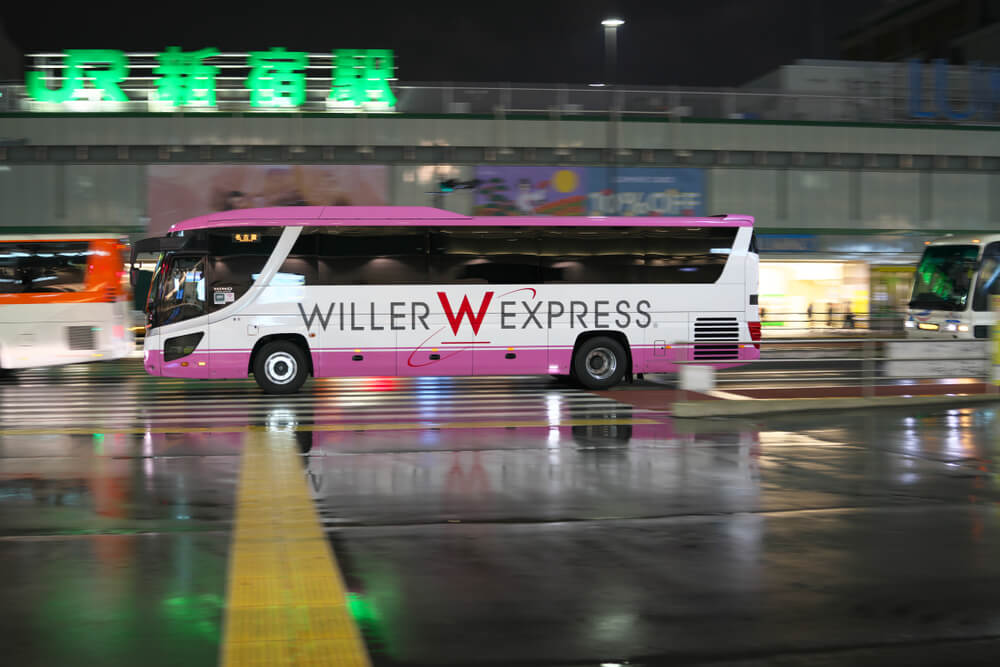
Overnight Buses in Japan for Budget Travelers
As a final consideration, those looking to get from point A to point B in Japan at the lowest possible cost should consider overnight busses (with some companies offering daytime buses).
These buses feature huge seats that can recline fairly well for sleeping, offering budget travelers fares starting from ¥3,000 one-way, with the added benefit of traveling overnight, saving both time and the cost of a hotel. In addition, you can find Tokyo to Kyoto round-trip bus tickets for less than ¥8,000, making significant savings compared to train tickets.
Willer Express is one of the most popular companies offering these long-distance bus tickets, with some of the most comfortable buses in Japan.
Is the Japan Rail Pass worth it?
Even after analyzing the different scenarios above, most travelers will conclude that, yes, the pass is worth it.
This is very much a qualified answer, as different itineraries and scenarios will find that the Japan Rail Pass can provide massive savings. At the same time, it’s cheaper to get individual tickets or regional rail passes in other situations.
After reading this, if you plan to buy a pass, go to JRPass to order a Japan Rail Pass at the lowest available price, which is set by Japan Railways Group for authorized sales agents.











